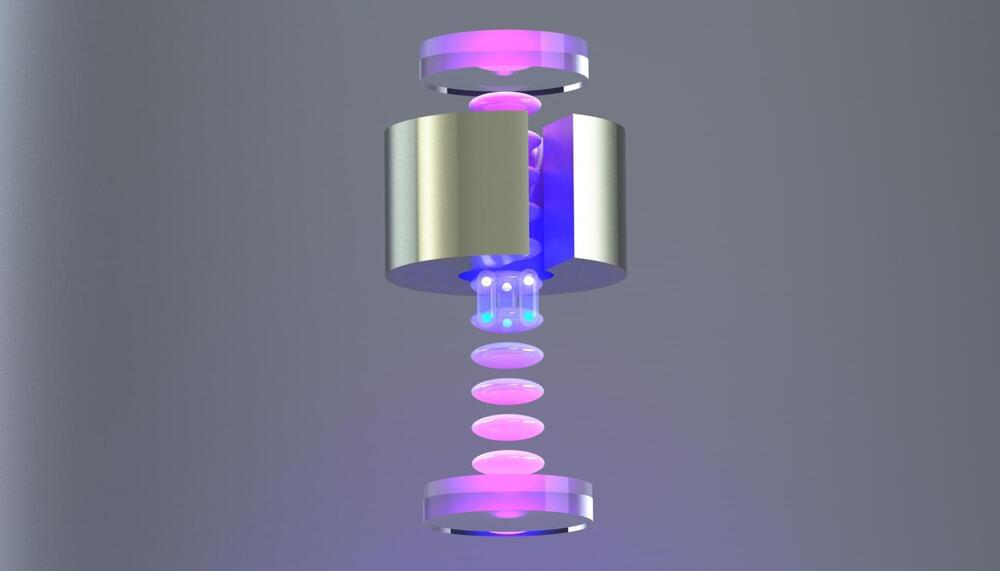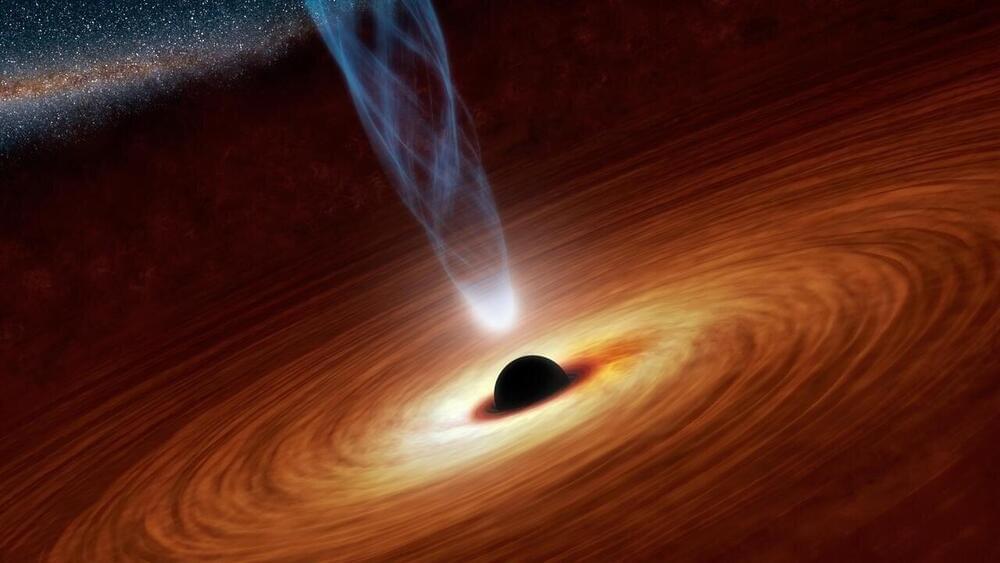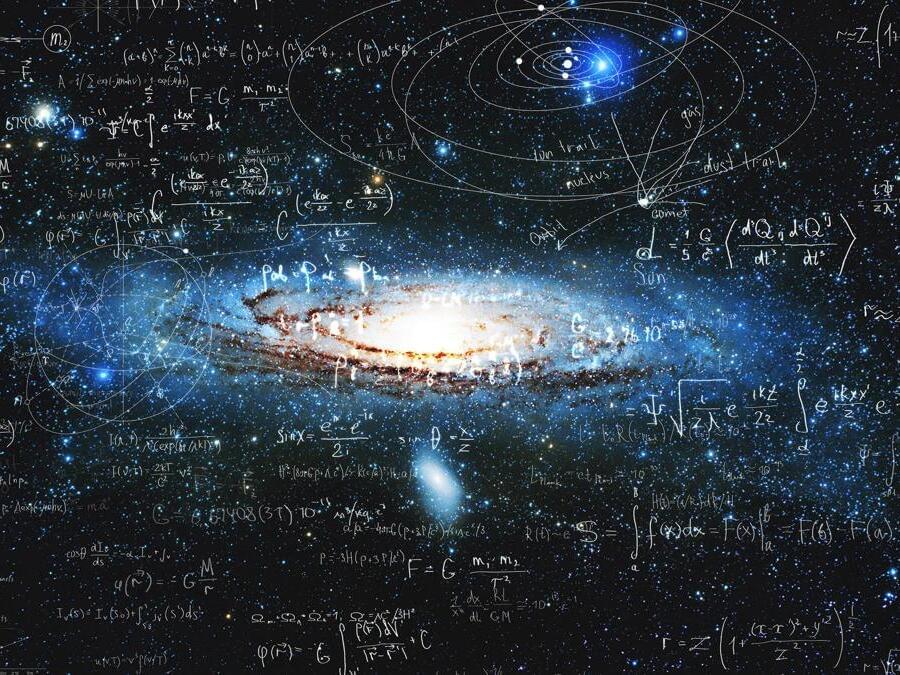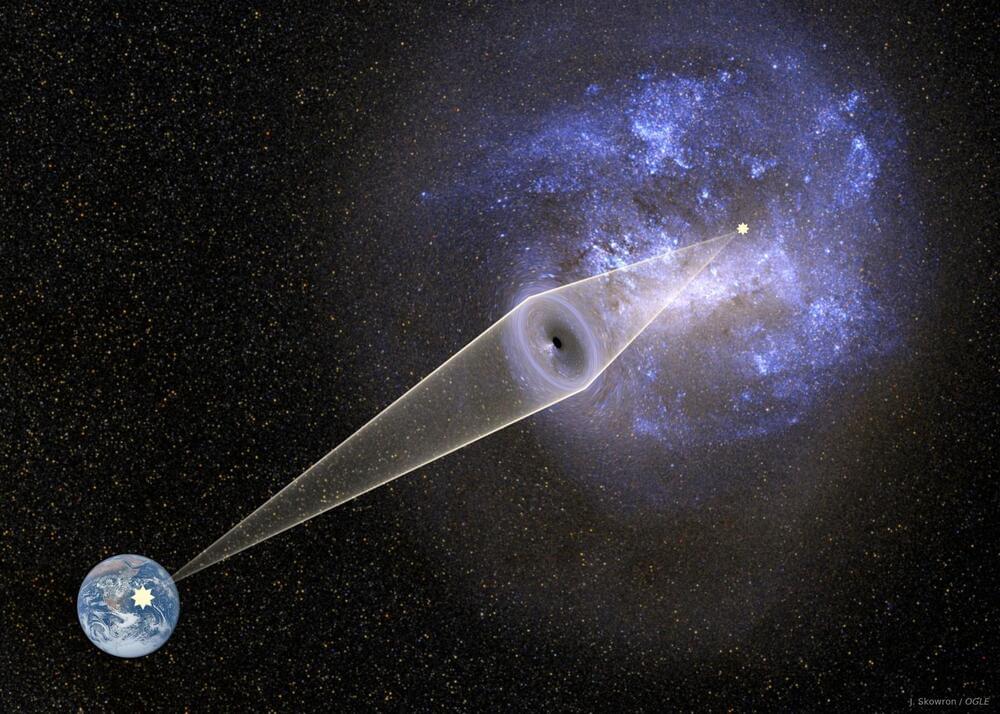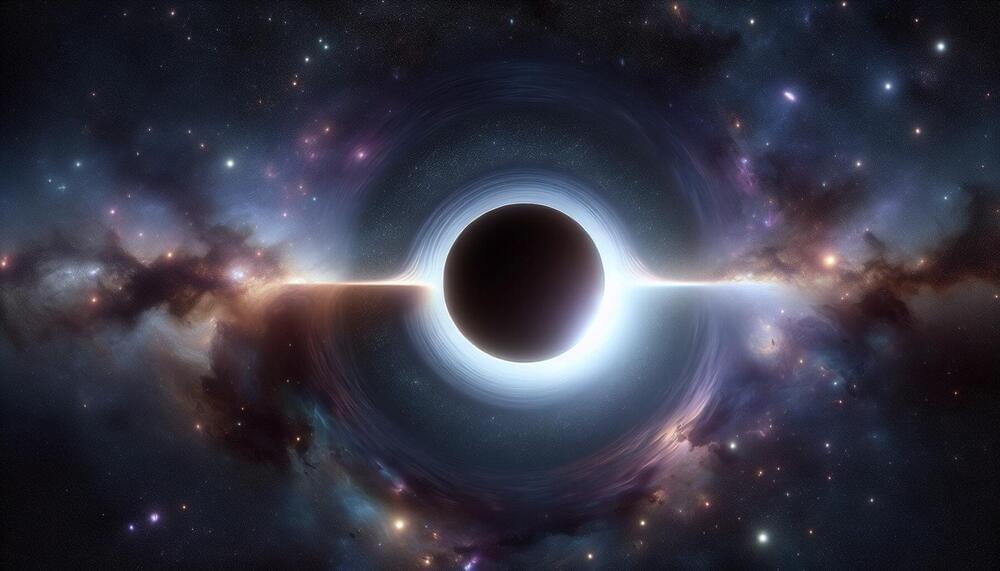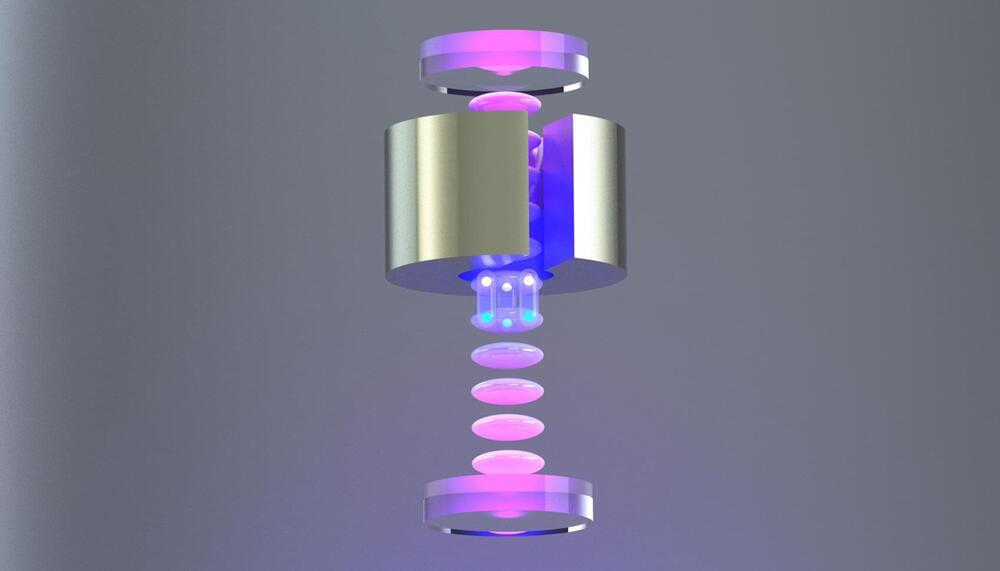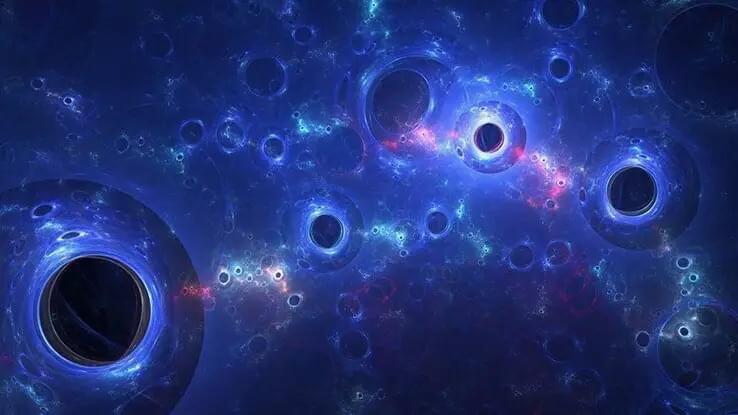Join my mailing list https://briankeating.com/list to win a real 4 billion year old meteorite! All.edu emails in the USA 🇺🇸 will WIN!
What would Brian Greene do if he could travel through time, and which future technology is he most excited about?
After our full interview, I had the privilege to sit down with Brian and ask him a few more questions. Enjoy this exclusive Q\&A with one of the most renowned physicists of our time!
And if you haven’t already, check out our full interview: • Brian Greene: The Truth About String…
Brian Greene is an American theoretical physicist and mathematician. He’s a professor at Columbia University and the director of Columbia’s Center for Theoretical Physics. He has gained a lot of popularity through his books that bring complex physical issues closer to general audiences: The Elegant Universe (1999), Icarus at the Edge of Time (2008), The Fabric of the Cosmos (2004), and The Hidden Reality (2011), a book he promoted in the TV show The Big Bang Theory!
Additional resources:
